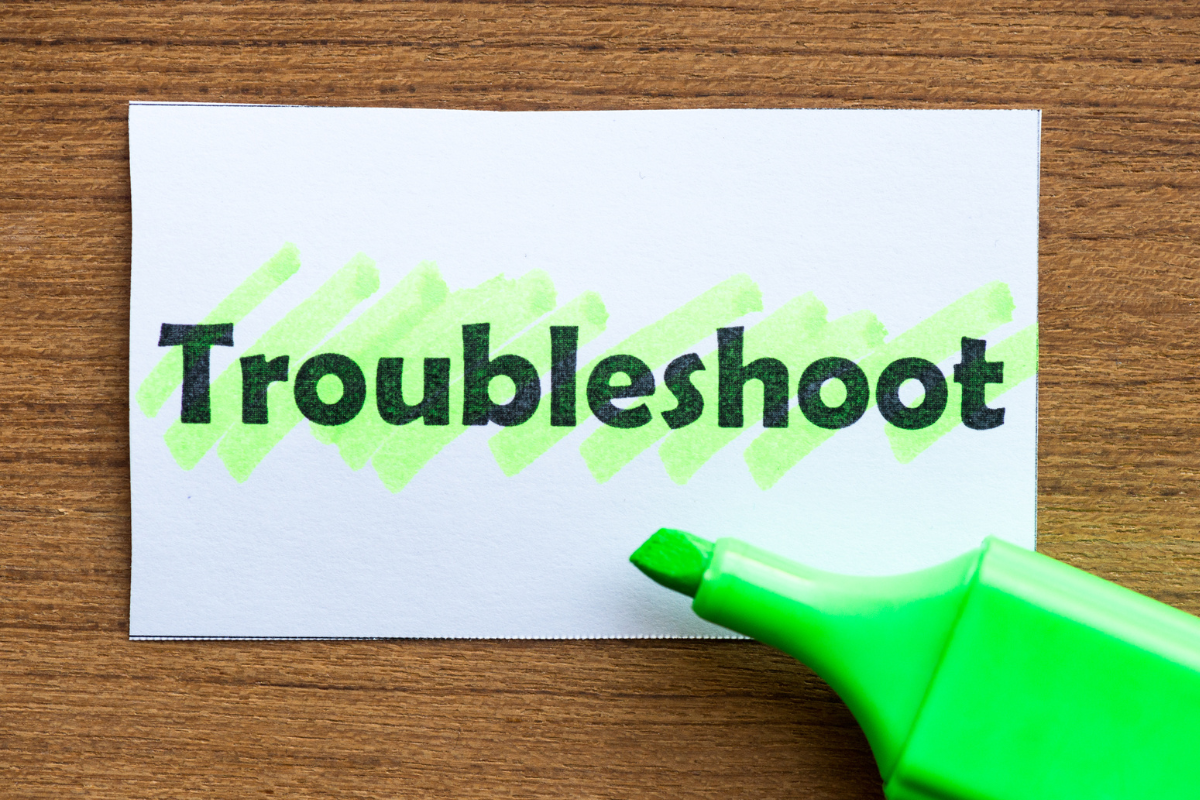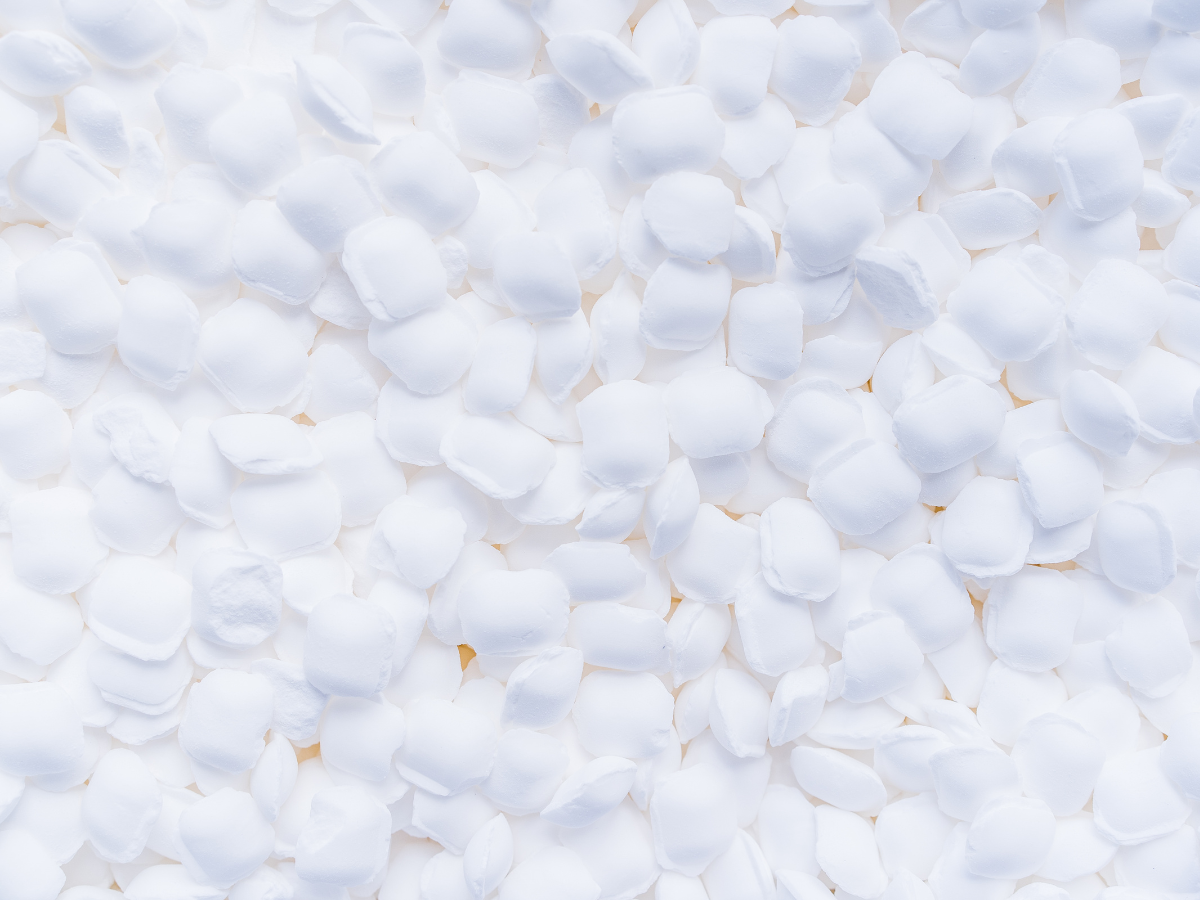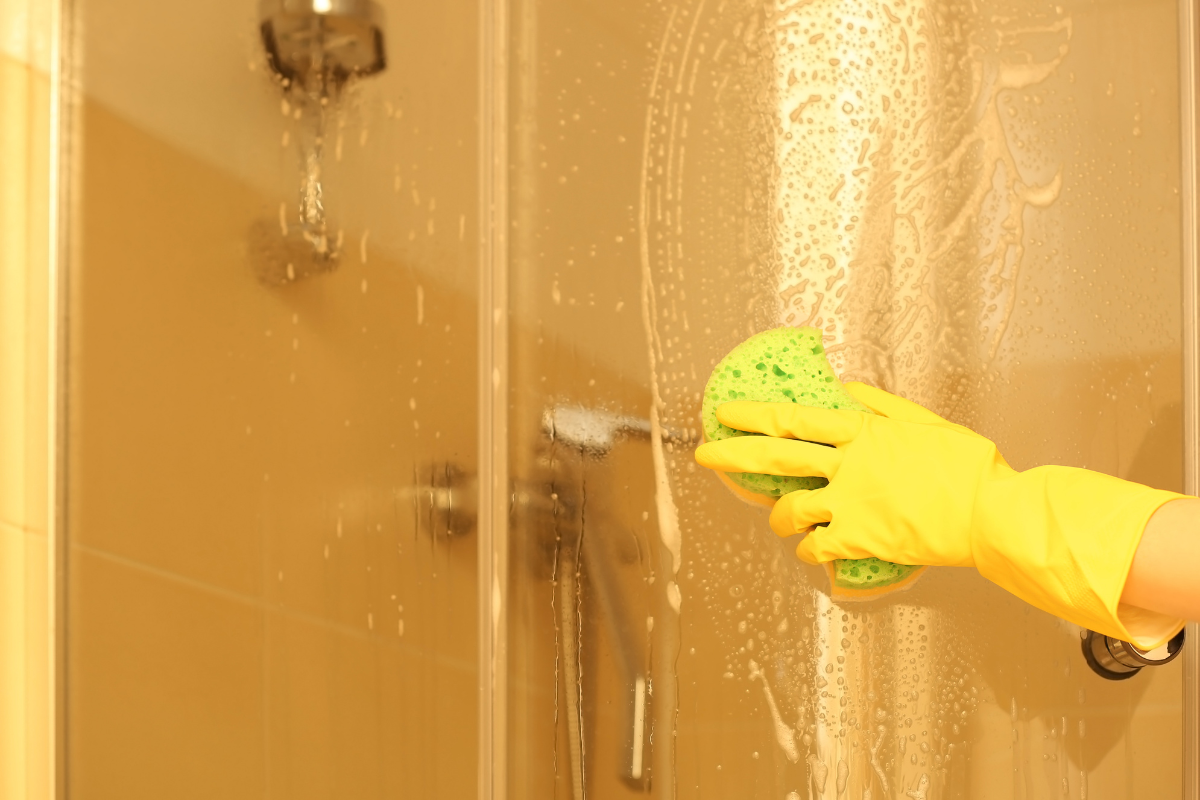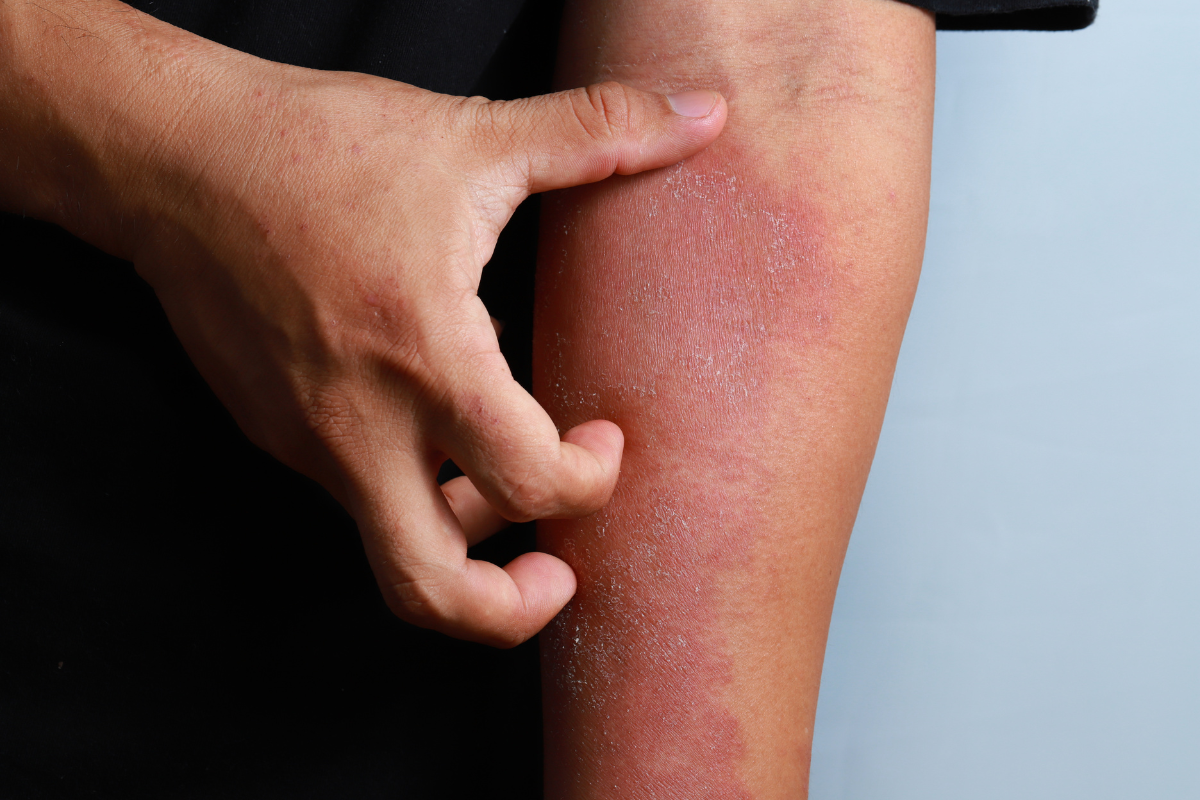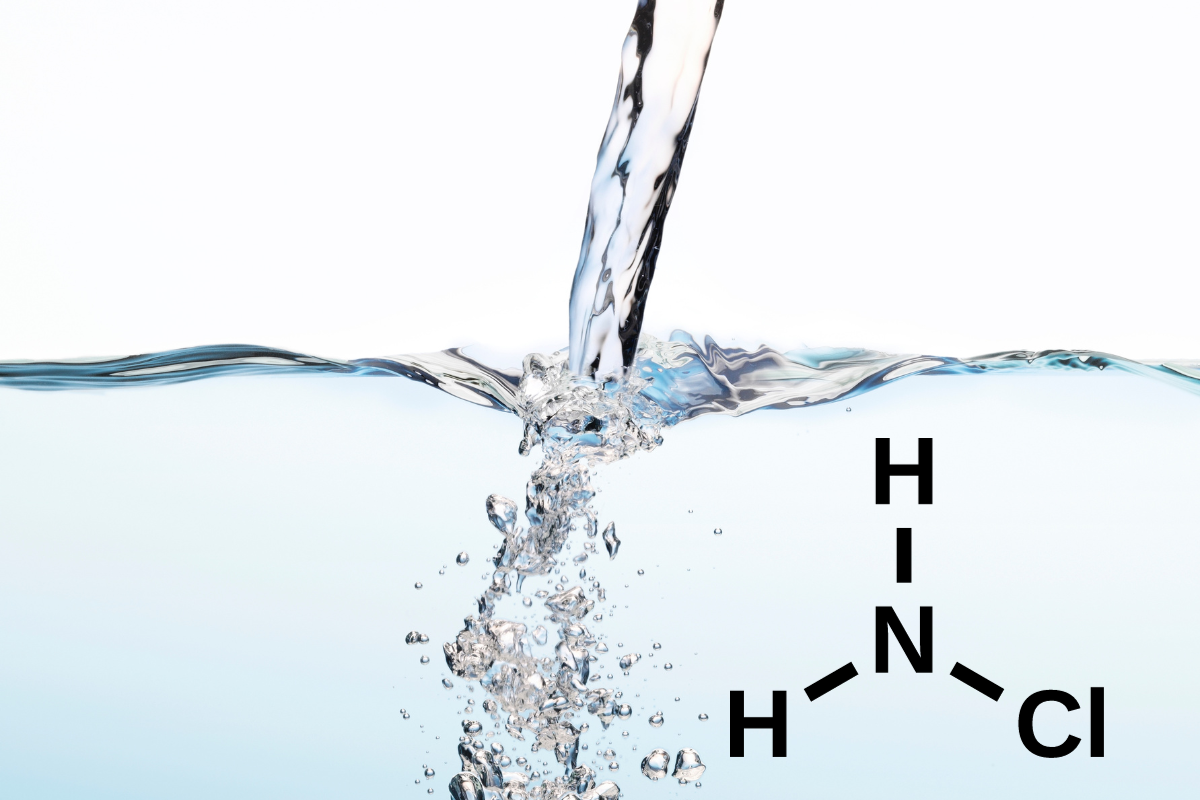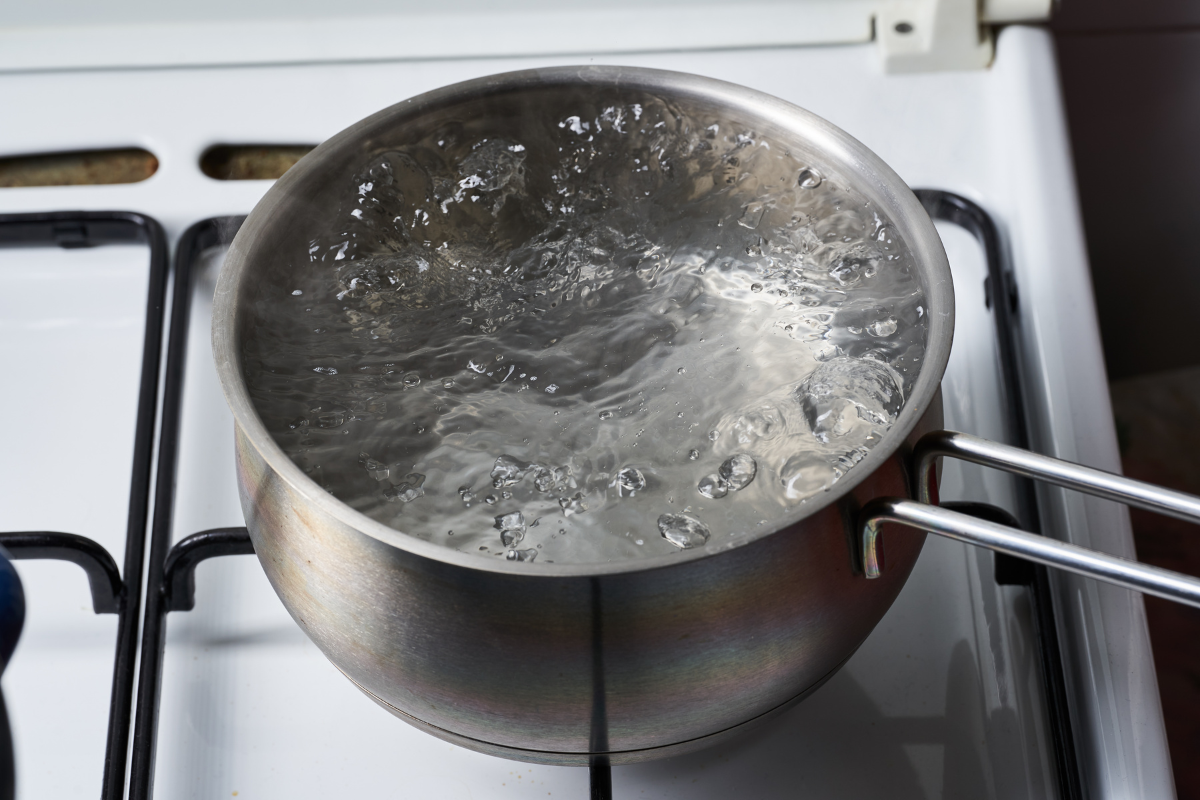Home Water Softener Maintenance
Water Softener Maintenance

Keep Your Water Softener Running Smoothly With these 5 Tips
Water softeners are an integral part of your home’s filtration system. By removing hard minerals, they prevent damaging build-up on pipes and appliances. Soft water also means fresher laundry and irritant-free showers. For all they do to enhance our quality of life, water softeners need relatively little attention in order to perform optimally. Water softener maintenance is as easy as a few routine steps, which we will outline here.
Water Softener Maintenance in 5 Easy Steps
- Check Salt Levels Once a Month -
Salt is an essential part of your water softener’s operation. Without it, the ion exchange between sodium and minerals like calcium and magnesium cannot occur. As part of your water softener routine maintenance, we recommend checking your water softener’s salt levels at least once per month.
There are two ways to know if your water softener needs more salt. When you lift the brine tank lid, you may notice that the water line is above the salt. If this is the case, add enough salt so that the tank is half full. Likewise, if the salt is dry but the tank appears less than half full, add more salt to the halfway line. - Check for Salt Bridges in Your Water Softener -
Over time, the salt in your water softener can form a hard crust, which prevents it from dissolving into the brine. This is known as a “salt bridge.” If you notice that your salt levels are not going down as they usually do, or if there are signs of water hardness (soap scum, skin irritation, buildup on faucets, etc.), you may have a salt bridge.
Salt bridges tend to form more frequently in places with high humidity. Take a broom handle or something similar and poke around the brine tank. If you feel something hard that is not the bottom or sides of the tank, it is probably a salt bridge. Push against it with the broom handle to break it up and pour a little warm water into the tank to help dissolve it further.
If you are experiencing frequent salt bridges, there may be a mechanical issue with your water softener. Contact a water professional to help determine the underlying cause. - Clean the Brine Tank Annually -
Another crucial step in your water softener maintenance is cleaning the brine tank. This should be done at least once per year (more if your water has higher levels of iron and other particles). This is best done by a professional, although you can clean the tank yourself if you are comfortable doing so. It mostly involves a little elbow grease, but you will need to be familiar with all your system’s parts in order to effectively and safely clean it.
To clean your brine tank yourself, put the water softener in bypass mode (follow the manufacturer’s instructions for how to do this on your specific machine). Next, disconnect all lines and hoses from the brine tank.
Take your brine tank and empty the contents in a designated area, such as a gravel bed. Don’t dump the brine on grass or in plants-they cannot tolerate the high sodium level in the water. When the tank is empty, take the brine grid out (if your machine has one). Fill the empty tank with 2 gallons of warm, soapy water (use a few tablespoons of dish soap). Using a long-handled brush, scrub the tank thoroughly with the soapy water.
Discard the soapy water and rinse the tank with freshwater to remove all suds. Next, add a quarter cup of bleach and 2 gallons of cold water. Let the mixture sit for fifteen minutes, then scrub the inside again with your brush. Empty the tank and rinse it with fresh water. Thoroughly dry the tank and valve before reconnecting it to your machine.
When the tank is reconnected, take the system out of bypass mode. Add 5 gallons of water to the tank and two 50 lb bags of salt. Let the salt and water sit for two hours, then begin a regeneration cycle.
This is probably the most difficult part of your water softener maintenance but, again, it only needs to be completed once or twice a year. If you are at all unsure of how to clean your tank, contact a professional. - Change the Prefilter -
Most water softener installations will involve a prefilter on the home’s water system. These prefilters are designed to eliminate contaminants such as iron, silt, and clay from the home’s water supply before it reaches the water softener. Without a prefilter, these particles can clog or damage the softener.
Prefilters need to be changed every 6-9 months. This should be done by your water professional. Likewise, if you are unsure if your initial installation included a prefilter, contact your water professional for assistance. - Use High Quality Salt in Your Water Softener -
The type of salt you use in your water softener makes all the difference. You may be tempted to buy cheaper varieties, but these are often contaminated with iron and other impurities that can reduce your softener’s efficiency. In the long run, this will only add to your water softener maintenance tasks and potentially result in costly repairs.
Consider the salt you purchase for your water softener as an investment. Your water professional can help you select the best type of salt to maintain optimal performance of your particular machine.
Professional Help With Water Softener Maintenance
Certain aspects of your water softener maintenance should be handled by an expert. If you need help with any part of your water softener care, contact Paul the Water Man. Paul is passionate about supplying Colorado residents with the technology needed to have access to good water. Call or go online today to get started on the path to softer, cleaner water.
